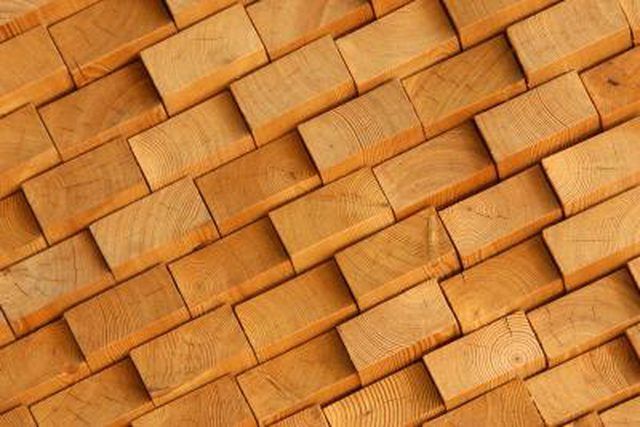Bulbs
Flower Basics
Flower Beds & Specialty Gardens
Flower Garden
Garden Furniture
Garden Gnomes
Garden Seeds
Garden Sheds
Garden Statues
Garden Tools & Supplies
Gardening Basics
Green & Organic
Groundcovers & Vines
Growing Annuals
Growing Basil
Growing Beans
Growing Berries
Growing Blueberries
Growing Cactus
Growing Corn
Growing Cotton
Growing Edibles
Growing Flowers
Growing Garlic
Growing Grapes
Growing Grass
Growing Herbs
Growing Jasmine
Growing Mint
Growing Mushrooms
Orchids
Growing Peanuts
Growing Perennials
Growing Plants
Growing Rosemary
Growing Roses
Growing Strawberries
Growing Sunflowers
Growing Thyme
Growing Tomatoes
Growing Tulips
Growing Vegetables
Herb Basics
Herb Garden
Indoor Growing
Landscaping Basics
Landscaping Patios
Landscaping Plants
Landscaping Shrubs
Landscaping Trees
Landscaping Walks & Pathways
Lawn Basics
Lawn Maintenance
Lawn Mowers
Lawn Ornaments
Lawn Planting
Lawn Tools
Outdoor Growing
Overall Landscape Planning
Pests, Weeds & Problems
Plant Basics
Rock Garden
Rose Garden
Shrubs
Soil
Specialty Gardens
Trees
Vegetable Garden
Yard Maintenance
How to Kill Mold on Pressure Treated Lumber
How to Kill Mold on Pressure Treated Lumber. As conditions permit, mold can grow on pressure treated lumber or wood. Conditions for cultivating mold include hot and moist temperatures. Heat can be generated from the weather or the sun shining in a well-insulated building, and moisture can come from the humidity or wet wood that has been piled up...

As conditions permit, mold can grow on pressure treated lumber or wood. Conditions for cultivating mold include hot and moist temperatures. Heat can be generated from the weather or the sun shining in a well-insulated building, and moisture can come from the humidity or wet wood that has been piled up and not ventilated. Mold can be killed in numerous ways. One of the most popular ways to kill mold is bleach, but you cannot use bleach on pressure treated wood because you will cause damage to the wood.
Things You'll Need
Commercial exterior wood cleaner, powder form
Warm water
Bucket or spray bottle
Five-way tool
Sponge or rag
Fungicide
Locate all lumber that has mold.
Clean off any thick patches with the five-way tool. Be extremely gentle to the wood when using the five-way tool in order to avoid damaging the lumber. If the mold looks like stains, proceed to step 3.
Mix the commercial exterior wood cleaner with correct amount of warm water in the bucket or spray bottle. Mixtures depend on your needs. If you have a lot of wood that needs treated, then more powder and water will be required.
Spray the mixture on the treated lumber, and scrub gently with a sponge or rag until the marks are gone.
Allow an hour or more to dry.
Spray a wood safe fungicide on the areas where mold propagates.
Allow to dry completely in the sun.
Tips & Warnings
Use an organic fungicide to ensure no harm will come to the wood. Create conditions for your lumber that will not breed mold or mildew and possibly damage your lumber. Perform a splash test that will show you what kind of results the commercial cleaner will have on your lumber.